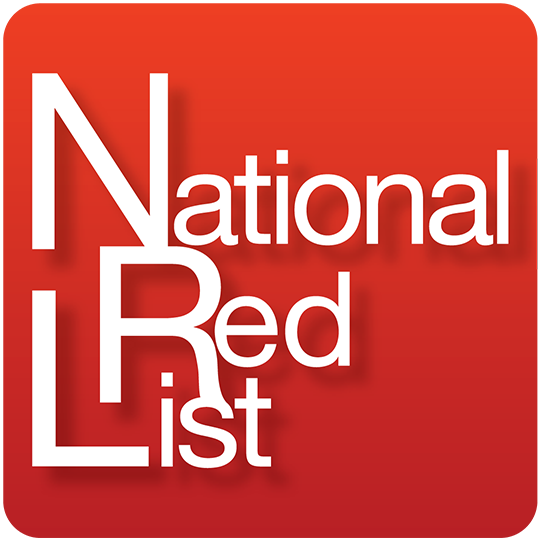Chaenorhinum rubrifolium - UAE National Red List of Vascular Plants
Publication
Asessment status in full
Data Deficient
Assessment status abreviation
DD
Assessment rationale/justification
This species is known from a small number of localities in the eastern UAE mountains and its primary global distribution is the Mediterranean region. However, S. Ghazanfar (pers. comm. 2019) considers it to be a rare native species. The distribution of the species is uncertain, and the identity of subspecies requires confirmation. As a result, the species is considered Data Deficient at present.
Assessment year
2019
Assessors/contributors/reviewers listed
UAE National Red List Workshop
Affliation of assessor(s)/contributors/reviewers listed on assessment
Government
IGO
Assessor affiliation specific
Government|IGO
Criteria system specifics
IUCN v3.1 + Regional Guidelines v4.0
Criteria system used
IUCN
Criteria Citation
IUCN. 2012. IUCN Red List Categories and Criteria: Version 3.1, Second edition. IUCN, Gland, Switzerland and Cambridge, UK. iv + 32pp pp. And IUCN. 2012. Guidelines for Application of IUCN Red List Criteria at Regional and National Levels: Version 4.0. Gland, Switzerland and Cambridge, UK: IUCN. iii + 41pp.
Endemic to region
Not assigned
Endemism Notes
Is an endemic?: Not_assigned
Threats listed in assessment
There is no information available.
Conservation Measures
Conservation measures:
Conservation measures notes:
Required conservation measures:
